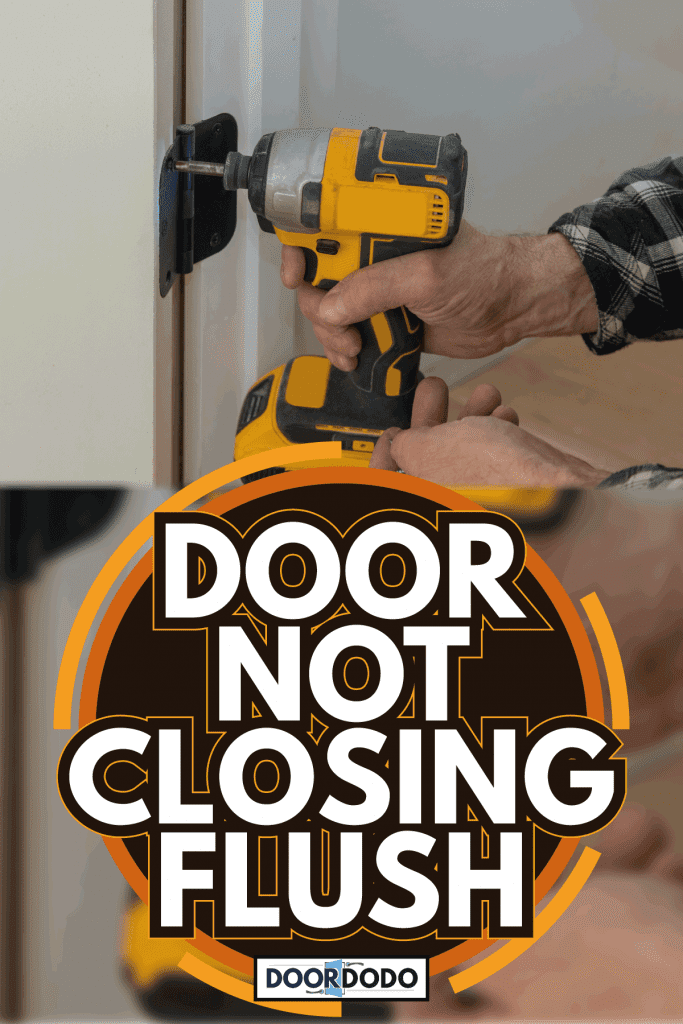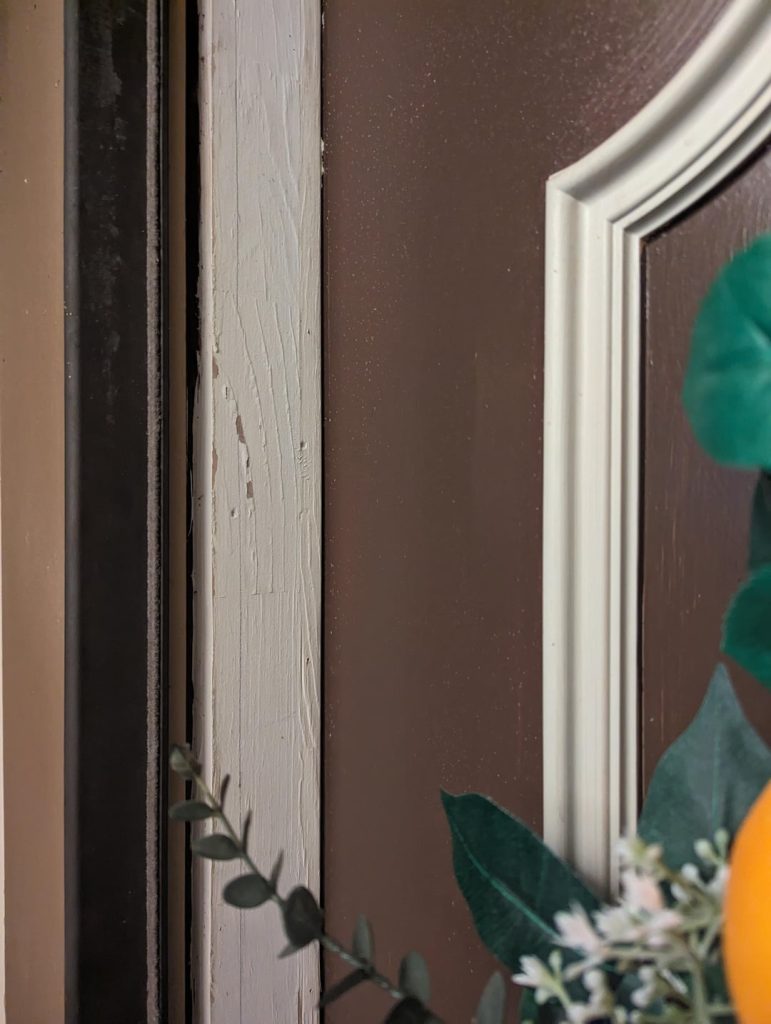

A front door that doesn’t close flush can be a frustrating problem, creating security concerns and impacting the curb appeal of your home. This article delves into the causes of a front door not closing flush and offers actionable solutions for realigning it, ensuring a secure and aesthetically pleasing entrance for your home. Whether you’re dealing with a loose hinge, a warped threshold, or a faulty door jam, this thorough guide offers practical steps and expert advice. We’ll cover determineing the problem, troubleshooting steps, and DIY solutions. We will also highlight when professional help is needed. This article will be structured in a step-by-step format with clear descriptions of the process, ensuring easy understanding and practical application for any homeowner.
determineing the Root Cause of a Front Door Not Closing Flush
Understanding the Mechanics of a Front Door
A properly functioning front door hinges on several crucial components working in harmony. A door not closing flush often stems from problems within this complex system. This includes the door itself, its frame, threshold, hinges, and the mechanisms that hold everything together.
Common Causes of a Misaligned Front Door
Some of the most frequent causes include loose hinges, misaligned door jambs, warped or damaged thresholds, or even issues with the door itself. Sometimes simple adjustments are enough; other times, more significant repairs are necessary. For example, a warped or damaged threshold can prevent the door from closing flush.
Diagnosing Door Alignment Issues
Visual Inspection
A visual inspection is the first step in diagnosing why your front door isn’t closing flush. Look closely at the door frame and threshold. Are there any gaps or misalignments? Check for any signs of damage, like cracks or warping in the threshold. Pay close attention to the door jamb. Is it bowed or crooked?
Inspecting Hinges and Hardware
Carefully inspect the hinges to ensure they are tight and secure. If a hinge is loose, it can cause the door to shift. Check for any damage or looseness in the door hardware, like the doorknob and lock mechanism. These minor elements can affect the alignment of the door.
Measuring Gaps and Misalignments
Measure the gaps between the door and the frame at various points, especially around the edges. Consistent gaps suggest a structural problem, while inconsistent gaps may indicate a problem with the hinges.
Fixing Minor Alignment Issues: Simple Adjustments
Adjusting Door Hinges
Loose hinges are a common culprit for a misaligned door. Tighten the hinge screws using a screwdriver to adjust the door’s alignment. Sometimes, you need to use a wrench to adjust the screws.
Repairing the Door Jamb
For small gaps or misalignments in the door jamb, you may be able to repair the issue with wood filler and caulk. If the issue is significant, you may need to replace the door frame. This will depend on the extent of the damage to the door jamb.
Replacing the Threshold
Damage to the threshold can affect the door alignment, causing the door not to close flush. If necessary, replace the damaged threshold with a new one of the correct size and type.
When Professional Help is Needed
Structural Issues
If you discover significant structural issues, such as a warped door frame or substantial damage to the threshold, professional help is highly recommended. Trying to fix a large structural issue without experience may only worsen the problem or even create new ones.
Complex Repairs
If the door frame or door requires extensive repair or replacement, contacting a professional is advisable. This will prevent further damage and ensure a safe and structurally sound solution.
Assessing the Extent of Damage
Professional help is essential when there are visible signs of structural damage or significant damage to the door itself.
Maintaining Your Front Door
Regular Maintenance
Regular maintenance is key to ensuring your front door remains aligned and functional for a long time. Regularly inspect the door for any signs of damage or looseness. Tighten loose screws and hardware as needed to maintain proper functionality and alignment.
Seasonal Adjustments
Seasonal changes can impact the alignment of your front door. Humidity and temperature changes can cause the door to expand and contract, potentially affecting its alignment. If you notice any alignment issues during these periods, take corrective actions promptly to prevent further problems.
Preventive Measures
Regular Inspections
Regularly inspecting your front door is crucial to determine minor issues early on. This will help you address problems before they escalate and require significant repairs.
Proper Door Frame Maintenance
Maintaining a proper door frame and ensuring it is complimentary from damage is crucial for long-term alignment and performance.
Conclusion
In conclusion, a front door that doesn’t close flush can stem from several issues, ranging from simple adjustments to more complex structural problems. By determineing the root cause, whether it’s a loose hinge, a warped threshold, or a faulty door jam, you can effectively realign your front door and ensure a secure and aesthetically pleasing entrance for your home.
In conclusion, a front door that doesn’t close flush can stem from several issues, ranging from simple adjustments to more complex structural problems. By determineing the root cause, whether it’s a loose hinge, a warped threshold, or a faulty door jam, you can effectively realign your front door and ensure a secure and aesthetically pleasing entrance. For expert assistance or if you’re dealing with severe damage, consulting a professional locksmith or carpenter is advisable. This will prevent further damage and ensure a long-lasting solution for your front door.